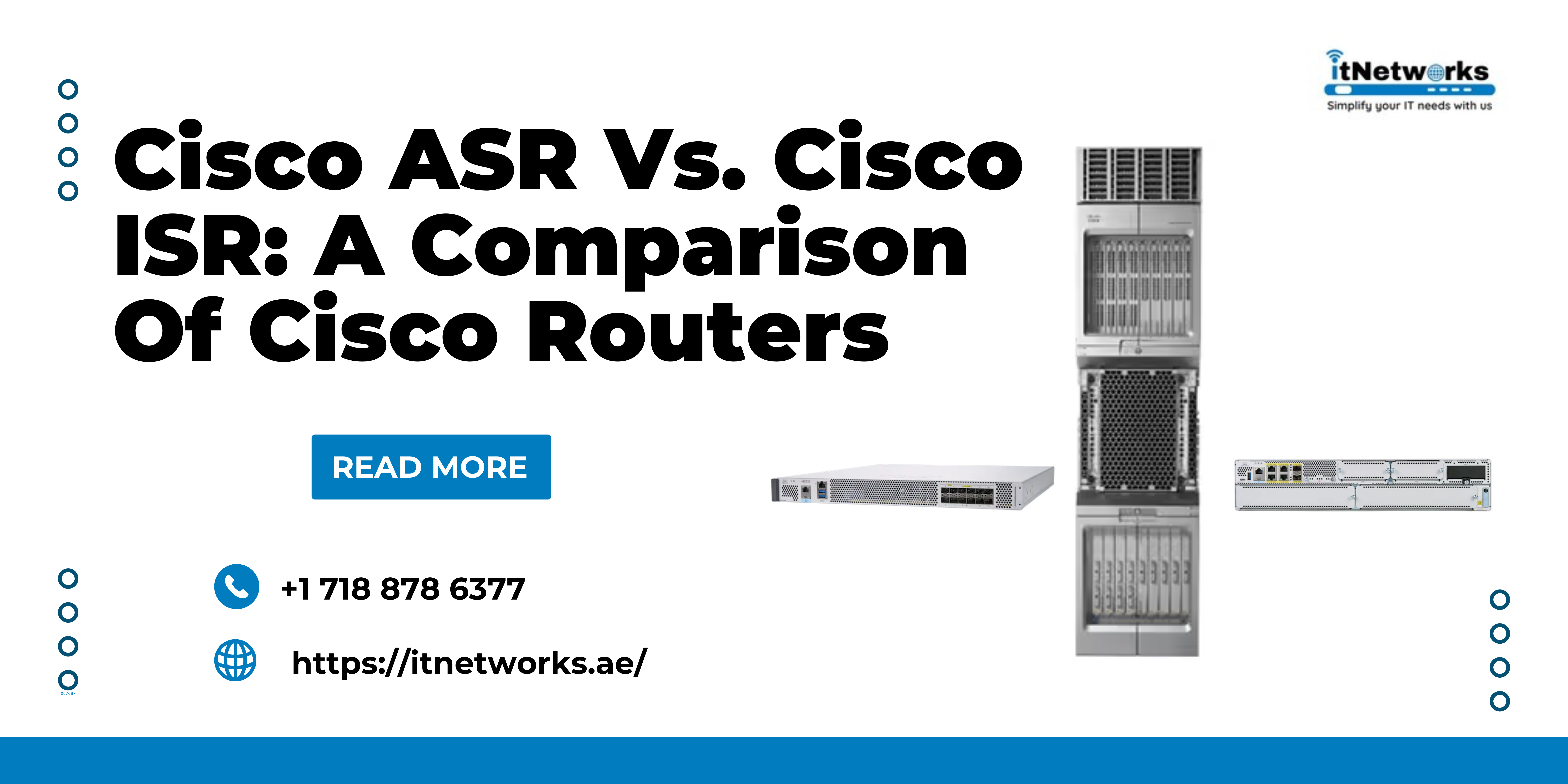Server Migration: 4 Common Mistakes Most Businesses Make (With Solutions)
For today’s businesses, there are plenty of reasons to think about server migration. Before we discuss things further, let us take a moment and explain - what is server migration? Server migration is the process of moving all data and applications from one server to another server.
While one organization might want to upgrade its servers to accommodate the increasing pressure and requirements, another might be looking to downgrade to cut unnecessary expenses and costs. No matter what reason you have behind your decision of server migration, you need to understand one thing.
Successful server migration is no coincidence because it involves huge commitment, intelligent planning, and preparation to tackle any setback during the process.
If your server migration process is managed poorly, it can do more harm than good because of unnecessary downtime, possible data breaches, and data loss. Besides, vendor lock-in, lack of in-house expertise, and data duplication can add to the pile of problems.
So, this raises the question - how can businesses avoid possible data loss and vulnerabilities during server migration?
Most Common Mistakes Made During Server Migration and How to Solve Them
Let’s start with identifying the common mistakes businesses make during server migration and finding solutions to overcome them.
1. Missing the Big Picture by Focusing on Servers Only
One of the common mistakes that most businesses make is that they don’t fully understand the integrated applications that need to be migrated. They focus only on servers and start moving data without checking dependencies between applications and servers. That’s where most problems find their way in.
All applications don’t use the same communication paths, and therefore, their dependencies can be difficult to understand.
Solution: When applications have hard dependencies, you need to make changes to individual applications to ensure that they are loosely coupled. Checking application dependency is very important especially for large organizations that have large database servers where applications are typically closely coupled.
2. Not Having a Proper Plan to Mitigate Possible Risks
Not all businesses can figure out possible risks when planning server migration. When they don’t know all the risks that can cause issues, it can be very difficult to find ways to prevent or mitigate those risks instantly. Identifying all the things that can go wrong during server migration can be an overwhelming task especially if you don’t have internal expertise.
Even if you are equipped with smart technology, it can be redundant without the proper planning and the team of the right people behind it.
Solution: While many businesses might not think about involving others, all key stakeholders and teams that manage servers, networks, and applications must be informed of why you are planning server migration, what you are planning to do during server migration, and what alternative plans you have if things don’t go the way you want.
If you don’t have the required expertise to identify possible risks, it is best to work with a reputable service provider to benefit from their years of expertise and resourcefulness.
Both internal and third-party teams must work together to see what problems can arise along the way, and what threats and vulnerabilities your business might be exposed to during server migration. They need to come to an agreed plan to ensure that any hurdles that come down the road can be addressed as quickly, efficiently, and effectively as possible.
3. Not Conducting End-to-End Performance Testing to Gauge Risk
Many times, businesses are in hurry and think that they can save time and do things quickly by overlooking some processes such as testing. In organizations, there is typically a combination of low-risk applications and high-risk applications. In new environments, servers can behave strangely at first that can lead to further downtime, data loss, and cyber threats.
Solution: To assess the risk, end-to-end performance testing is a crucial process. It is worthwhile to test some low-risk applications first in a new environment, conduct some development tests, and then slowly work your way up to high-risk applications. When you gradually move high-risk applications after thorough testing, you are less likely to experience issues.
This way, you will become more confident in the migration process and then can move bigger and more complex applications in new environments. Even after migration, make sure that servers and applications remain under intensive care and monitoring to detect any issue at the earliest.
4. Not Taking Full Data Backup Before Server Migration
During server migrations, hiccups are more likely to happen. Many businesses don’t take full backups as they think about backing up only what they deem necessary. Migrating data from one server to another is always a daunting and complex process. There are many points when problems can occur due to loss of data. In short, a lack of backup data can set you up for a disaster.
Solution: To make the server migration process as seamless as possible, businesses must take back-up of full data at different checkpoints. It will help you ensure that data is available in a timely manner if issues occur due to data loss. Having all your data safe and protected means customer experience, reputation, and revenue also don’t get hampered in any way.
Wrapping Up
Even simple server migrations can run into major complications. So, before you start server migration, make sure that you have the right expertise, process, planning, and technology to make this shift process successful.
If you need help with finding the best servers for migration or have queries related to server migration for your business, please feel free to contact us via WhatsApp at 971555038013.





